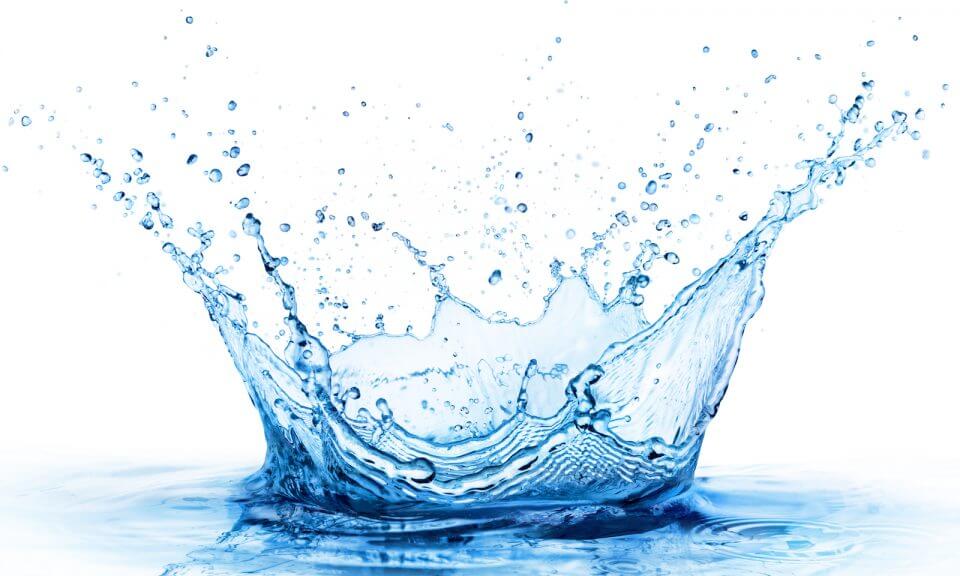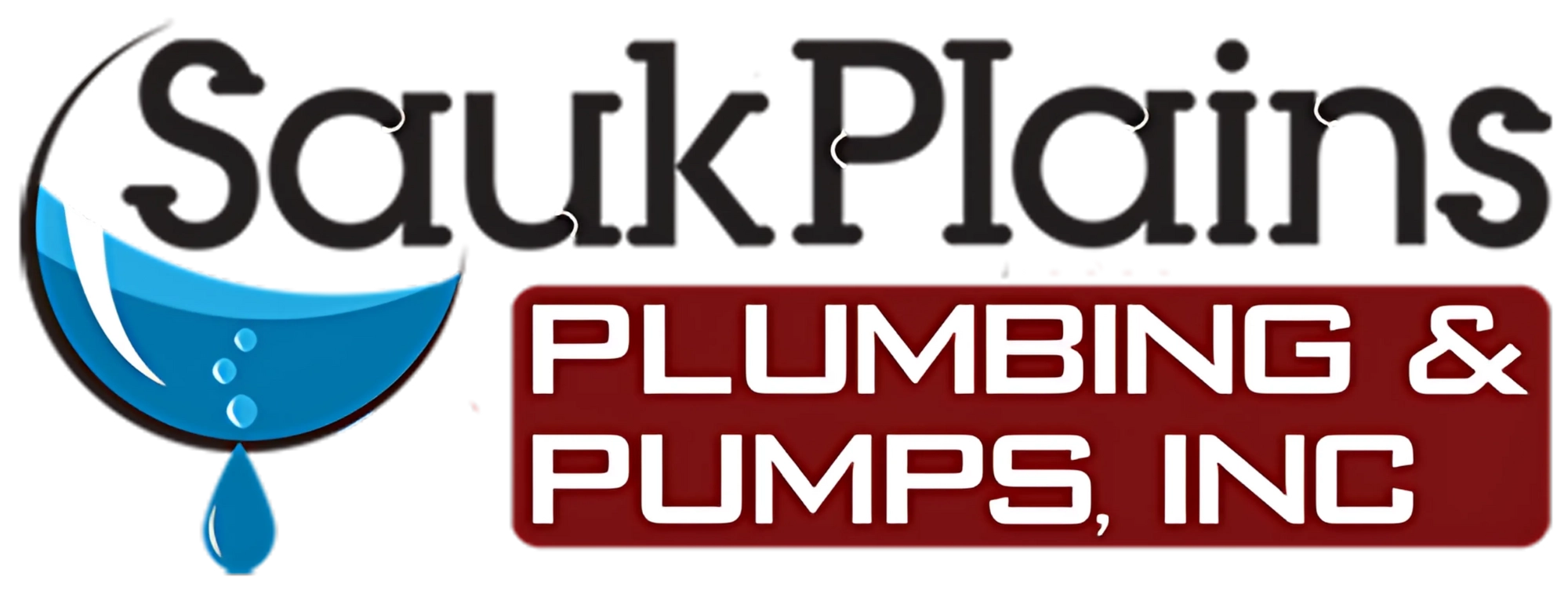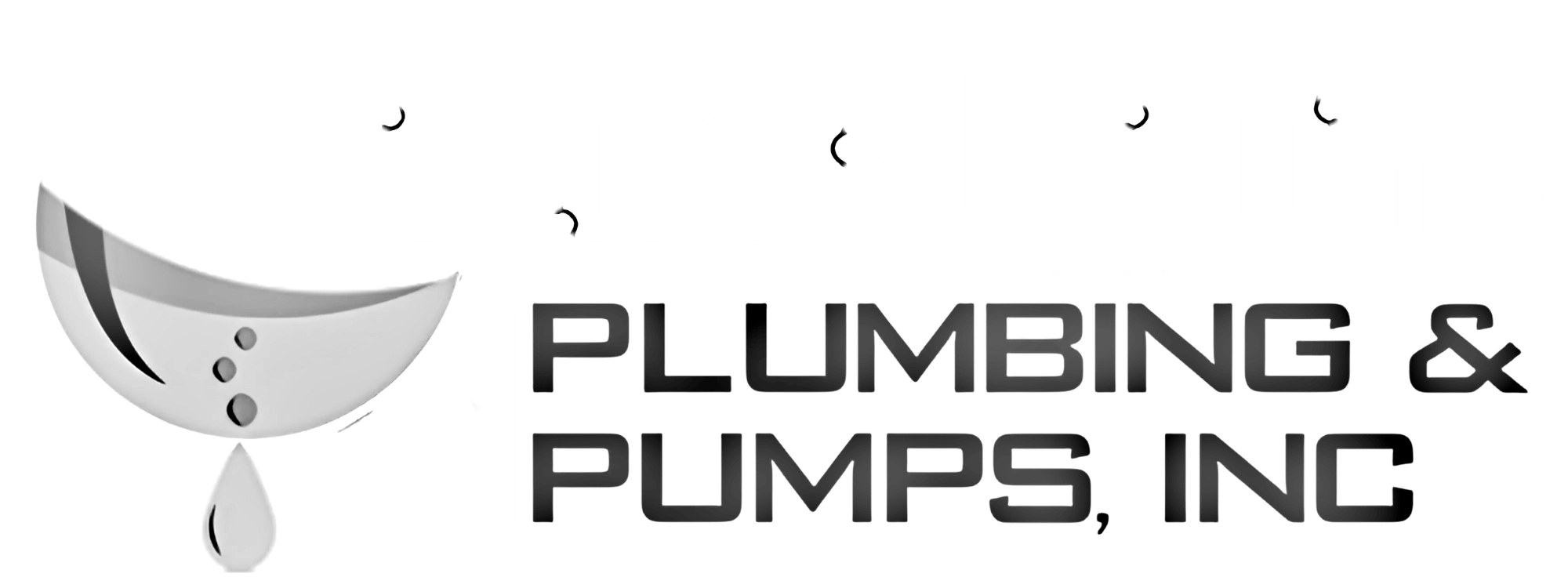Homeowners with a private well too often take their water well pump for granted. When they turn on the tap they expect water to come streaming out. When it doesn’t, it’s a serious problem. A problem that can be avoided with regular checks and maintenance to the Cross Plains pump serving for your home.
Threats to well pumps include:
How often does your well and water systems need a checkup? At least once a year makes sense. Once in the spring and again in the fall is an even better schedule. More often makes sense if there have been severe storms knocking out power, floods or other actions that threaten water quality and equipment.
- Power surges/outages – even a quick loss of power can trip circuit breakers that knock out a pump. Sudden power spikes from lightning strikes can damage the system. Check to be sure the breaker system is appropriate for the size pump, etc.
- Expanded demand – when you upgrade faucets or appliances your demand for performance changes. All of a sudden your water demand is more than your well pump can handle. If you’ve added appliances or are using more water, is it time to get a bigger pump?
- Low water table – the source of water for your well may not be stable. During drought water tables lower and there might be less water available. Extended drought means poor water pressure. Look for sputtering taps and slower water flow.
- Dirty water – chemicals and minerals in well water create residue and sediment that wears on the moving parts of your water pump. Particles in dirty ground water grind on pump bearings and impellers.
Signs Of Water Well Pump Distress
Understanding the potential threats to your well and pump system is an excellent start. In addition, there are warning signs to look for. Catching a potential pump failure before it happens is much better than having no water when you need it, right?

Some of the signs are obvious while others are less so. Consider:
- Low water pressure – obviously, when your brisk shower turns to a trickle there’s something amiss. Low pressure is a sure sign of pending pump failure.
- Pump makes noise – strange, unusual noise from the well pump is another sure sign it is beginning to fail. Pumps have vital moving parts. Some wear better than others. Noises from inside the pump are signs one or more is wearing badly and about to fail. Do you need a new pump or a repair? Only a licensed professional knows for sure.
- Too little air in the system – your pump should run at least a minute when the system is in balance. When there is too little air the pressure tank gets water-logged. Called a “short cycle” when the pump doesn’t run long enough it causes water pressure fluctuations. There are often tell-tale noises in your pipes, too.
- Too much air – from one extreme to the other. Water from the faucet is foamy and bubbles. Too much air is a sure sign of a failing pump.
- Straining pump – the pump runs too long to maintain water pressure. There could be a leak in a water line.
Unusual noises are obvious signs something is wrong. Part of a routine checkup is listening. Another sign is a spike in your electric bill. If you’re not running more appliances, maybe a poor pump is to blame.
The Right Well Pump At The Right Time
You have two basic choices when it comes to pumping well water: a jet pump or a submersible pump.
- Jet pump – works for both shallow and deep installations. Capable of pulling water from as deep as 100 feet below the surface. Jet pumps installed above ground are the easiest to maintain and service. In a shallow well they have an expected lifespan of about 10 years.
- Submersible pump – always used in deep wells to push water out from hundreds of feet below ground level. Well-maintained, a submersible pump should last about 15 years. If you have a submersible pump, knowing its age is vital because they are difficult to repair and replace.
Beyond choosing the kind of pump for your well water system, you have options to consider when a new pump is in your future. There are two basics when deciding when to replace the pump on your water well:
- Before it fails
- After it fails
There are warning signs you may or may not read correctly and none tell you exactly when your pump will fail. Not even a veteran pump technician can predict timing – they can, however, predict when failure is near.
After a noting one of the warning signs, or after a routine pump checkup is the best time to consider replacing the well pump. Timely changes, before failure, make sure there is no disruption in your service and water keeps flowing when you need.
Waiting until you’re standing in the shower and there’s no water is a poor option, right? If your pump fails when you least expect it there’s more than frustration and disruption to your life. Emergency calls are costly and repair parts and technicians may not be available as quickly as you’d like.
Call Upon Water Well Pump Pros
Guard against the frustration and distress. Schedule a routine water test and water well checkup with one of our licensed, certified plumbers right now. Don’t wait until you see or hear the signs of problems building inside the system. Contact Sauk Plains Plumbing – Call 608-798-2121. We’ll help you determine if you need repairs or a new water well pump for your home in Cross Plains WI, Verona, Waunakee or Middleton WI.



